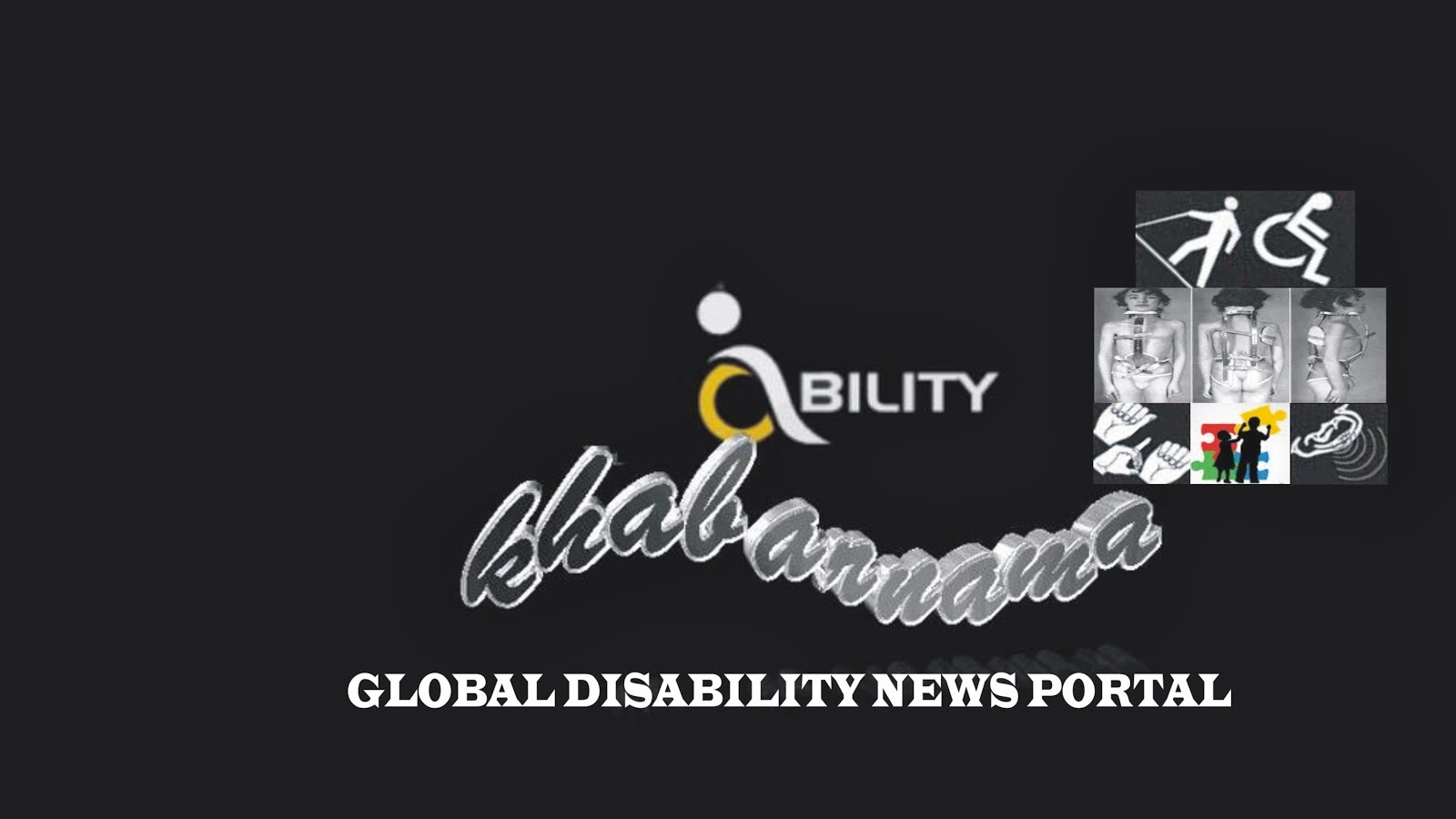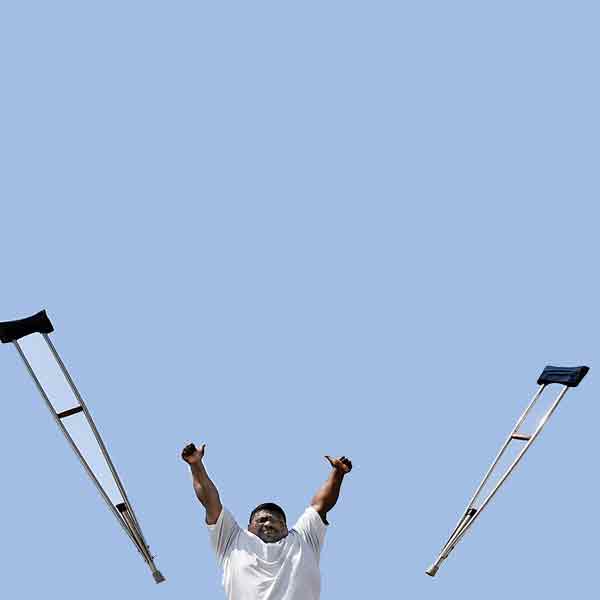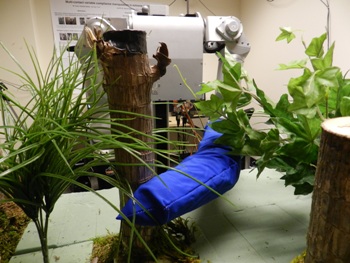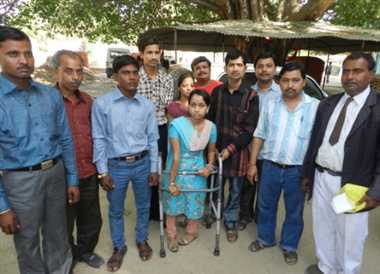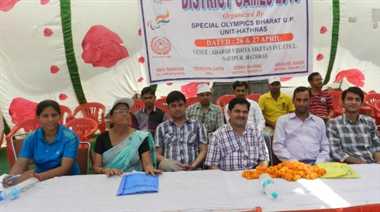“Though my arm may look like a disability to the eye, it does not define
me. Society should focus on my abilities, not disabilities,” Lakeidra
Baker said.

Born without a right hand, Baker is a first-generation student and the
only child of four to graduate from high school and college.
She will graduate May 6 magna cum laude from the South Florida State College Honors Program with an associate in arts degree in elementary education. She continues her education next fall at Florida Southern College, where she will work towards a bachelor’s degree in education.
She will graduate May 6 magna cum laude from the South Florida State College Honors Program with an associate in arts degree in elementary education. She continues her education next fall at Florida Southern College, where she will work towards a bachelor’s degree in education.
“Growing up, I was always told I couldn’t do things,” Baker said. “Yes, my arm is a hindrance, but I don’t let that affect my journey to becoming the person I want to be. Despite what people say or feel, I can’t let that hold me back. If you go into something feeling negative, that’s what you’ll achieve.”
Baker has overcome the loss of her hand to become an outstanding student, as she will graduate from SFSC with a 3.71 grade point average. “I’ve had the chance to push myself and exceed limitations,” she said. “I haven’t let my disability hinder my success and dictate where I’m going in life.”
SFSC has given Baker the chance to succeed on her own by providing her with special equipment, a recorder, a personalized left-handed laptop and a disabilities advisor.
“SFSC offered a support system where I could get one-on-one attention from faculty and advisers that were ready and willing to ease my transition between high school and college,” Baker said. “Everyone at SFSC is so genuine and helpful; I’m not just a seat to fill in their classroom.”
Baker acknowledges that it's difficult for people who grew up without disabilities to understand the constant stares and troubles she deals with on a daily basis.
“I haven’t always been the bright, cheerful and optimistic person I am today,” she said. “I’ve been through struggles and tribulations and had to overcome so much. Growing up, I was always singled out, picked on and laughed at. I hit rock bottom. I had no friends and a very low self-esteem. I want students to understand that we are all created equally and should be treated respectfully in the same matter.”
Baker was unsure of what she wanted to pursue as a career in life. She was told she couldn’t work in certain occupations due to the limitations from her arm. Until she attended SFSC and had the chance to talk to Michele DeVane, professor of education, she began to realize that education was her calling. DeVane helped Baker pursue opportunities in the education field by suggesting she take education classes, volunteer and become a substitute teacher.
“Lakeidra is a highly motivated and intelligent person who exhibits a positive attitude in all areas of her life,” DeVane said. “She is a real people person who enjoys helping others and is a dedicated and creative individual who will be an excellent teacher. On top of that she was named SFSC Outstanding Education Student in 2012.”
Outside of academics, Baker is a substitute teacher for the Highlands County School Board and works in the community relations and marketing department at SFSC, where she is a work-study student and has served as a model for photographs used in college publications.
One of the first things Baker does to break the ice when she substitutes for a new class is ask the students if they notice anything different between them and her. “I like to explain what happened to my arm so the students won’t be afraid or think that I incapable of doing my job,” Baker said. “Often, I let the students touch it. It’s actually a great way to bond and clear the air in the room.”
While at Florida Southern College, Baker plans to work part-time in the school system and experience everything education has to offer. She also wants to become an active student by participating in clubs and organizations on campus.
After college, Baker aspires to be an elementary educator in the Lakeland area.
As a child, teachers always tried to do every simple thing for her. “How could I learn to do things on my own when I was never given the opportunity to attempt them by myself? It really bothered me,” she said.
As a future teacher, she wants to provide curriculum adaptations for students with disabilities. “Sometimes I may need to modify performance requirements or implement adaptations to allow each student equal opportunities to learning,” Baker said. “Negative perceptions of disabilities continue to be irrepressible to change.”
Baker’s disability has not kept her back from being active in several clubs and organizations at SFSC. She is an enhanced member of Phi Theta Kappa, the national honors society for two-year colleges; an Honors Program student, a limited-admissions academic program which provides academically rigorous college classes for students; and an active member of the Honors Ambassadors program, an organization for students admitted to SFSC Honors Program that mentors students who are new to the program.
As an honors program student with good standings at SFSC, she has been awarded $500 annually for the Edward K. Roberts Scholarship. This program also selected her to travel to the 2013 Florida Collegiate Honors Conference in Ft. Lauderdale, FL where she presented a speech on “Stetson Kennedy.”
During SFSC Awards Day on April 23, Baker was recognized for her academic success for graduating from the honors program, presenting “Stetson Kennedy” at the Florida Collegiate Honors Conference, and for being an enhanced member of PTK.
“Throughout this process I have had parents who support my plans for higher education,” Baker said. “Graduating is nerve racking, stressful, and there’s a lot to consider regarding new goals and financial expectations.” She looks forward to meeting new people and having more opportunities available.
“Faith in god has enabled me to focus on what’s ahead of me,” she said. “People look up to me for what I have accomplished that’s why I stay focused and determined.”
“At the end of the day, I am thankful for being born this way,” Baker said. “It has taught me tolerance and how to appreciate everything. I don’t look at my arm as a disability. I look at it as an opportunity to impact people’s lives.”
